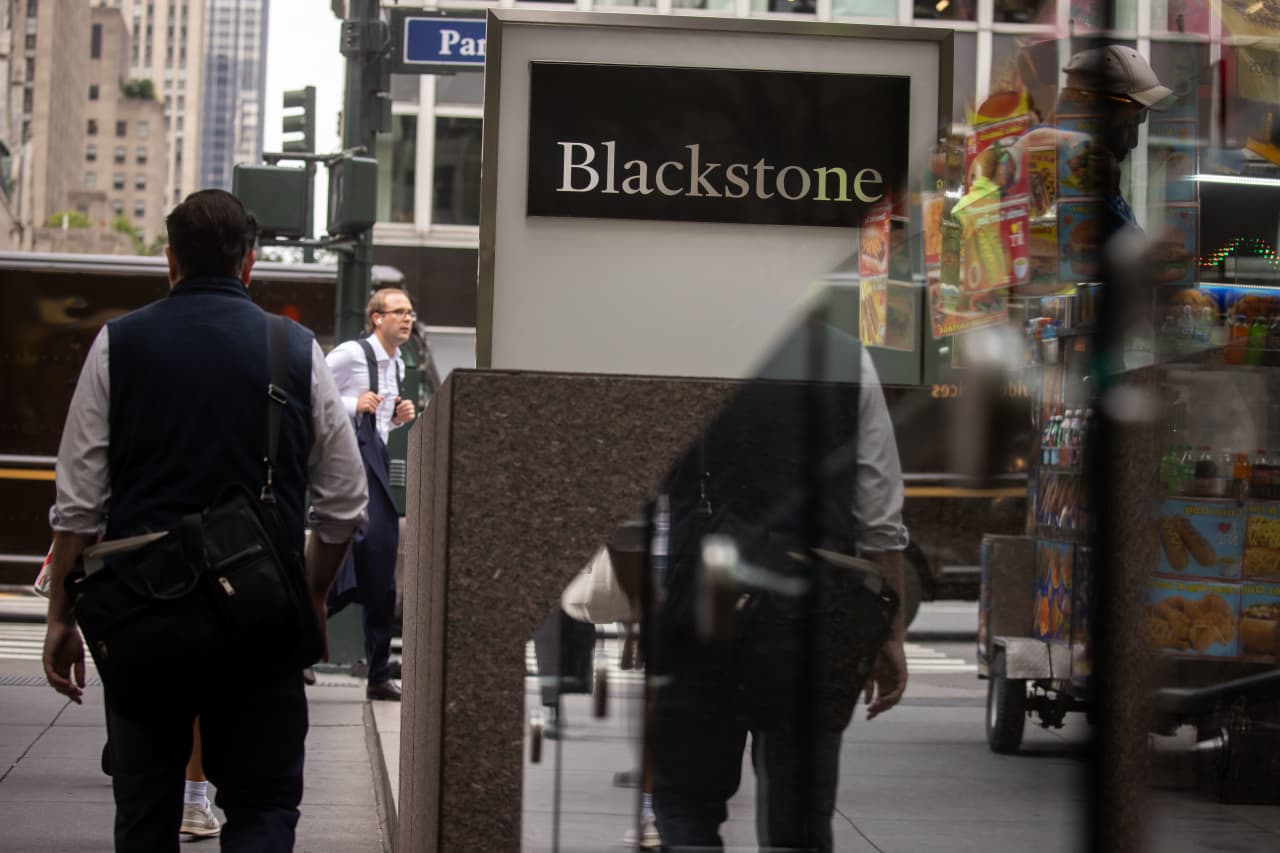Wealthy Americans Are Prioritizing Protecting Assets And Limiting Personal Taxes
Protecting assets and minimizing tax liabilities are the top priorities of wealthy Wall Street Journal and Barron’s Group readers, according to a recent personal finance study conducted by WSJ Intelligence.
Around 57% of the more than 3,600 respondents—who had an average net worth of just over US$3 million—said growing and protecting their wealth is their No. 1 priority going into 2024, the data showed. That stands to reason, as 55% of readers were most concerned about inflation and the rising cost of living, while 40% reported that market volatility was their biggest issue.
About 81% of participants were male, with 3,280 of them being over age 55—aka, Baby Boomers. The combined total of Millennial and Gen X respondents was 333. Across wealth bands, the largest number of participants—1,656—were high-net-worth individuals with assets between US$1 million and US$9.9 million, followed by 718 “emerging affluent” respondents (with a net worth of less than US$1 million) and 253 ultra-high-net-worth individuals, with assets of US$10 million or more.
“This study was really to understand the behavior of our financially savvy readers and explore how they improve their financial acumen and make informed investment decisions,” says Donna Zeolla, the associate director of Finance Intelligence for the Wall Street Journal and Barron’s Group.
Certain concerns are unique to those in the highest income bracket, the survey found. For example, members of that group are 22% more likely to be concerned about identity theft and financial fraud than emerging affluents, the data showed. Zeolla said that was a surprise, given how rampant it can be.
The wealthiest are also 28% more likely to be worried about cybersecurity risks in digital banking and three times more likely to be concerned with estate planning and inheritance, according to the report. They are looking to educate themselves on tax planning, private banking, and estate planning—and in turn seeking out content that helps them do that.
Survey participants across wealth bands use a variety of wealth management services, including brokerage, tax and estate-planning services. When selecting an investing company, key considerations are the fee and commissions charged (49%), expertise (44%), customer service (38%), and the company’s reputation (36%), the figures showed.
“Every survey we’ve done here, at least for the 18 years I’ve been here, it’s the same things that they’re looking for in the institutions,” Zeolla says. “They look at fees, right? I don’t care if you’re the wealthiest person, you’re looking at the fees…[and] they look at the trust and the reputation of the companies. That’s always on their minds.”
And while many are loyal to their financial institutions, the richest investors are more open to switching. Only 41% of ultra-high-net-worth individuals wouldn’t consider moving their money to a new company, versus 53% of high-net-worth individuals and 49% of the emerging affluent.
“Wealthier individuals use a variety of different services—they don’t just have one institution that they’re working with, they’re working with many,” Zeolla says. “But what we did find was that the wealthier people were, the more that they’re open for change. It could be because they’re not loyal to one institution.”
Other differences included their preferred credit cards—the wealthiest were concerned about foreign-transaction fees while low interest rates were more important to younger respondents—and the richest also craved the personal touch. About 47% of ultra-high-net-worth individuals don’t use an automatic investing service because it doesn’t cater to their needs vs. 27% of the emerging affluent.
 Copyright 2020, Dow Jones & Company, Inc. All Rights Reserved Worldwide. LEARN MORE
Copyright 2020, Dow Jones & Company, Inc. All Rights Reserved Worldwide. LEARN MORE
This stylish family home combines a classic palette and finishes with a flexible floorplan
Just 55 minutes from Sydney, make this your creative getaway located in the majestic Hawkesbury region.
Impact investing is becoming more mainstream as larger, institutional asset owners drive more money into the sector, according to the nonprofit Global Impact Investing Network in New York.
In the GIIN’s State of the Market 2024 report, published late last month, researchers found that assets allocated to impact-investing strategies by repeat survey responders grew by a compound annual growth rate (CAGR) of 14% over the last five years.
These 71 responders to both the 2019 and 2024 surveys saw their total impact assets under management grow to US$249 billion this year from US$129 billion five years ago.
Medium- and large-size investors were largely responsible for the strong impact returns: Medium-size investors posted a median CAGR of 11% a year over the five-year period, and large-size investors posted a median CAGR of 14% a year.
Interestingly, the CAGR of assets held by small investors dropped by a median of 14% a year.
“When we drill down behind the compound annual growth of the assets that are being allocated to impact investing, it’s largely those larger investors that are actually driving it,” says Dean Hand, the GIIN’s chief research officer.
Overall, the GIIN surveyed 305 investors with a combined US$490 billion under management from 39 countries. Nearly three-quarters of the responders were investment managers, while 10% were foundations, and 3% were family offices. Development finance institutions, institutional asset owners, and companies represented most of the rest.
The majority of impact strategies are executed through private-equity, but public debt and equity have been the fastest-growing asset classes over the past five years, the report said. Public debt is growing at a CAGR of 32%, and public equity is growing at a CAGR of 19%. That compares to a CAGR of 17% for private equity and 7% for private debt.
According to the GIIN, the rise in public impact assets is being driven by larger investors, likely institutions.
Private equity has traditionally served as an ideal way to execute impact strategies, as it allows investors to select vehicles specifically designed to create a positive social or environmental impact by, for example, providing loans to smallholder farmers in Africa or by supporting fledging renewable energy technologies.
Future Returns: Preqin expects managers to rely on family offices, private banks, and individual investors for growth in the next six years
But today, institutional investors are looking across their portfolios—encompassing both private and public assets—to achieve their impact goals.
“Institutional asset owners are saying, ‘In the interests of our ultimate beneficiaries, we probably need to start driving these strategies across our assets,’” Hand says. Instead of carving out a dedicated impact strategy, these investors are taking “a holistic portfolio approach.”
An institutional manager may want to address issues such as climate change, healthcare costs, and local economic growth so it can support a better quality of life for its beneficiaries.
To achieve these goals, the manager could invest across a range of private debt, private equity, and real estate.
But the public markets offer opportunities, too. Using public debt, a manager could, for example, invest in green bonds, regional bank bonds, or healthcare social bonds. In public equity, it could invest in green-power storage technologies, minority-focused real-estate trusts, and in pharmaceutical and medical-care company stocks with the aim of influencing them to lower the costs of care, according to an example the GIIN lays out in a separate report on institutional strategies.
Influencing companies to act in the best interests of society and the environment is increasingly being done through such shareholder advocacy, either directly through ownership in individual stocks or through fund vehicles.
“They’re trying to move their portfolio companies to actually solving some of the challenges that exist,” Hand says.
Although the rate of growth in public strategies for impact is brisk, among survey respondents investments in public debt totaled only 12% of assets and just 7% in public equity. Private equity, however, grabs 43% of these investors’ assets.
Within private equity, Hand also discerns more evidence of maturity in the impact sector. That’s because more impact-oriented asset owners invest in mature and growth-stage companies, which are favored by larger asset owners that have more substantial assets to put to work.
The GIIN State of the Market report also found that impact asset owners are largely happy with both the financial performance and impact results of their holdings.
About three-quarters of those surveyed were seeking risk-adjusted, market-rate returns, although foundations were an exception as 68% sought below-market returns, the report said. Overall, 86% reported their investments were performing in line or above their expectations—even when their targets were not met—and 90% said the same for their impact returns.
Private-equity posted the strongest results, returning 17% on average, although that was less than the 19% targeted return. By contrast, public equity returned 11%, above a 10% target.
The fact some asset classes over performed and others underperformed, shows that “normal economic forces are at play in the market,” Hand says.
Although investors are satisfied with their impact performance, they are still dealing with a fragmented approach for measuring it, the report said. “Despite this, over two-thirds of investors are incorporating impact criteria into their investment governance documents, signalling a significant shift toward formalising impact considerations in decision-making processes,” it said.
Also, more investors are getting third-party verification of their results, which strengthens their accountability in the market.
“The satisfaction with performance is nice to see,” Hand says. “But we do need to see more about what’s happening in terms of investors being able to actually track both the impact performance in real terms as well as the financial performance in real terms.”
This stylish family home combines a classic palette and finishes with a flexible floorplan
Just 55 minutes from Sydney, make this your creative getaway located in the majestic Hawkesbury region.






















